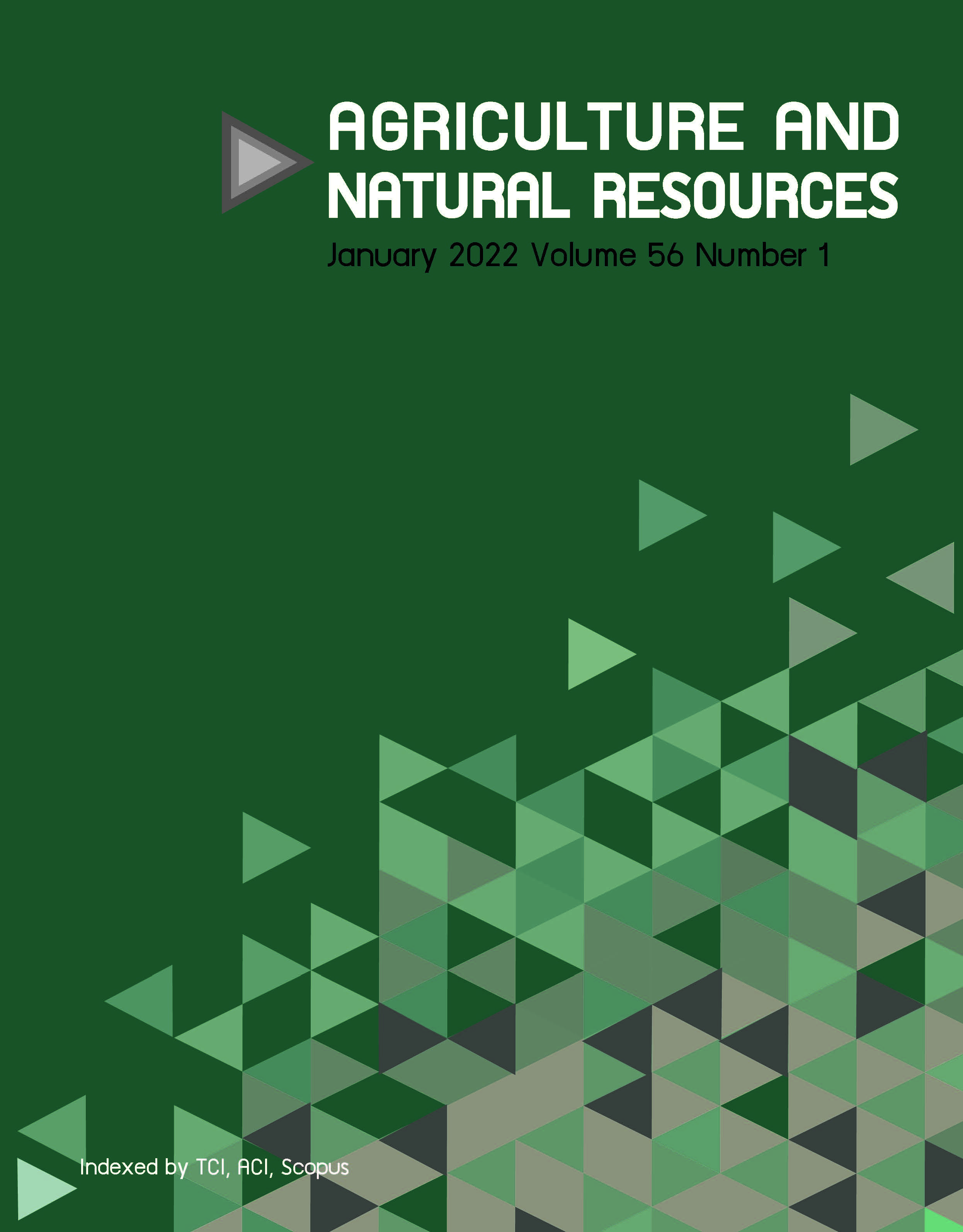Effect of banana peels and phenolic compounds on pigments and citrinin production by Monascus purpureus
Keywords:
Banana peel, Citrinin, Monascus, Phenolic compounds, PigmentsAbstract
Importance of the work: Each phenolic compound exhibits different effects on pigments and citrinin production.
Objectives: To evaluate the effect of phenolic compounds in Hom Thong banana peel on pigments and citrinin production by Monascus purpureus.
Materials & Methods: The effects were evaluated of Hom Thong banana peel and its phenolic compounds on fungal growth, pigment and lovastatin production and mycotoxin citrinin reduction by M. purpureus TISTR 3003. The total phenolics and flavonoids contents were determined at two stages of harvest (mature green and overripe).
Results: Mature green Hom Thong banana peel contained the highest contents of total phenolics and flavonoids. The major phenolic compounds from banana peel were identified using high-performance liquid chromatography. Five phenolic compounds were found: gallic acid, caffeic acid, coumaric acid, catechin and rutin. Coumaric acid was found only in overripe banana peel and had an inhibitory effect on pigment production by M. purpureus. The highest lovastatin content (861.91 μg/g of dry weight) was produced from the optimized cultivation conditions of M. purpureus on overripe banana peel at 25°C for 32 d. The production of pigments and lovastatin was related to various factors, such as the ripening stage of the substrate and the incubation time.
Main finding: Phenolics within Hom Thong banana peel can reduce citrinin production. Furthermore, banana peel can be used as a substrate for lovastatin and pigment production under solid state fermentation by M. purpureus as a safe, active ingredient in food products.
Downloads
Published
How to Cite
Issue
Section
License
Copyright (c) 2022 Kasetsart Universityonline 2452-316X print 2468-1458/Copyright © 2022. This is an open access article under the CC BY-NC-ND license (http://creativecommons.org/licenses/by-nc-nd/4.0/),
production and hosting by Kasetsart University of Research and Development Institute on behalf of Kasetsart University.







